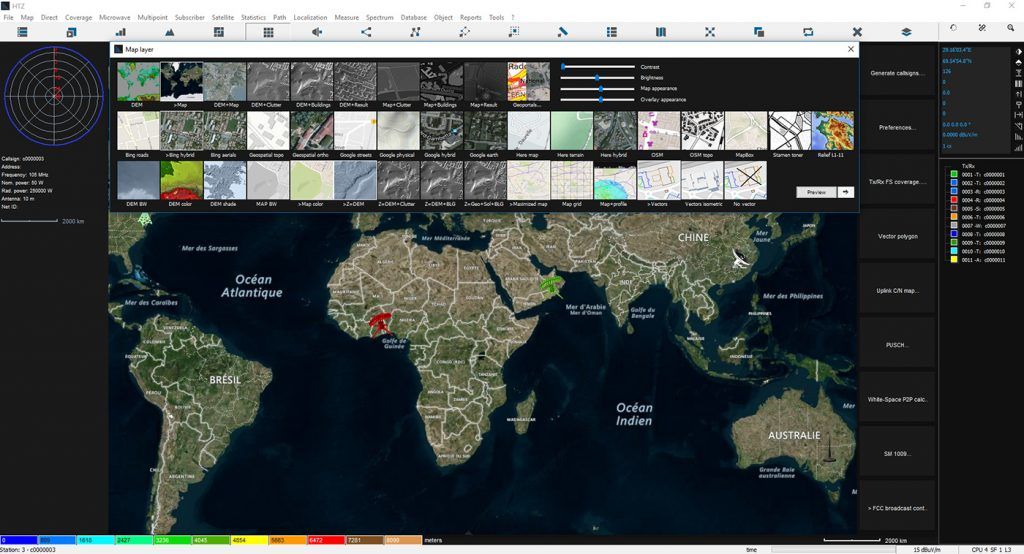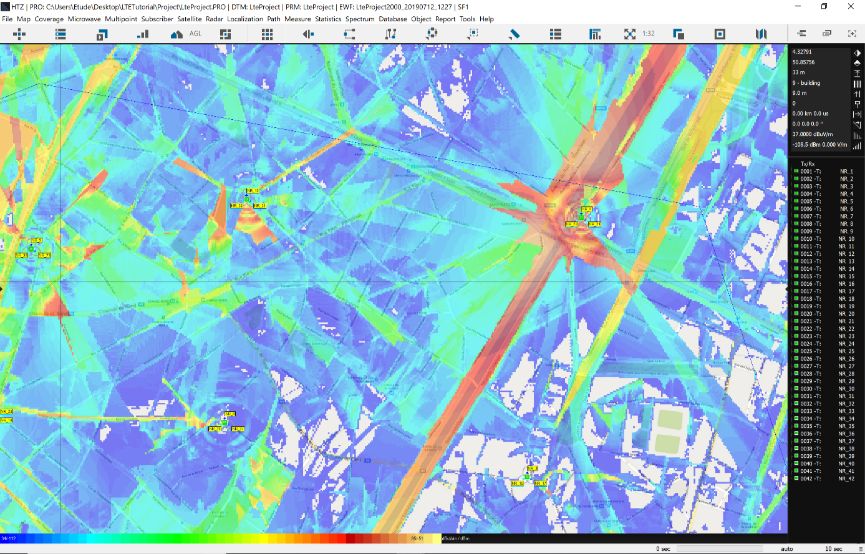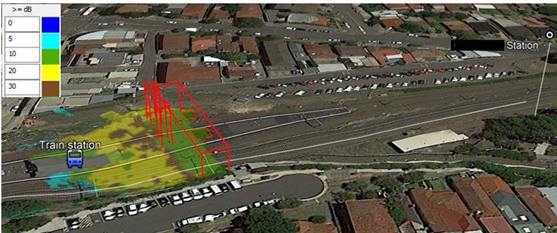Spectrum Engineering
#imetrixexpert

Spectrum Engineering
#imetrixexpert
Spectrum engineering has a defined lifecycle. The processes enable radio engineers to understand whether spectrum can be used in given bandwidth without causing undue interference to others. This is often referred to as spectrum engineering or spectrum modelling. Spectrum modelling establishes the parameters to be applied to a spectrum band to ensure it does what is expected. Spectrum engineering is the process of making the spectrum do what it needs to do.
Spectrum engineering makes limited spectrum resources produce the maximum returns. It reduces the likelihood of interference and allows engineers to mitigate the risks associated with interference. It supports initiatives like frequency sharing and spectrum re-farming. Spectrum engineering removes risks by allowing regulators and network operators to model real-life scenarios to identify potential problems before network rollout.
Spectrum engineering can involve working with users in adjacent spectrum blocks to understand if the use of the licenses will impact others. Similarly, many equipment suppliers assess the compatibility of a frequency band to see whether it is fit for its purpose. Spectrum engineering removes the risks associated with a proposed network configuration and ensures the allocated spectrum will achieve the network operators objectives.

With over three decades of experience, ATDI is a leading spectrum engineering organisation. Some of the types of analysis available in HTZ, are listed below.
ATDI offer a variety of spectrum engineering service via their consulting services. These services span the whole network lifecycle from radio network planning, implementation to optimisation. Companies of every size from spectrum regulators, mobile network operators to emergency services, all rely on our know-how to get their work done.
A day in the life of our spectrum engineers is varied. Projects differ from analysing the impact of proposed radio services on adjacent channels to managing international coordination. Using our technical analysis tool HTZ Communications, allows engineers to model complex scenarios with ease. With decades of experience, our success is the direct result of staying ahead of the game, guaranteeing accuracy and exceeding customer needs.
Sharing coverage results to internal/external users
Radio network performance and optimisation analysis
Modelling all radio communications technologies between 8KHz and 1THz
Modelling all radio communications technologies between 10KHz and 350GHz

Analysing the impact of Broadcast allocations on Instrument Landing Systems
This case study looks at the impact of interference between different spectrum allocations is essential for life-critical systems at airports. Specifically, the impact of interference between different broadcast allocations and instrument landing system localiser.

Webinar: 5G – features & functions in HTZ
HTZ supports emerging technologies like 5G. This webinar gives an overview of the features and functions available. For more information visit our product page.

Analysing the Impact of Footbridge on GSM-R coverage
Understanding the impact of footbridges or other structures on a railway communications network is essential for operational safety. This use case looks at how to model the impact of these structures in HTZ.

Private-LTE transforms automation in mines
Automation is playing a key function in transforming the mining industry with the potential to increase productivity and improve safety and working conditions. Transport in mines is well suited to autonomous vehicles which operate around the clock. Private cellular networks (LTE) connect vehicles and coordinate paths and exchange safety-critical information.


Εγγραφείτε στην επικοινωνία της
i-metrix για να μαθαίνετε πρώτοι τις προσφορές και τα νέα μας.
E-mail: info@i-metrix.gr
T: +30 210.300 2050
Ad: 20-22 Tzortz st. | Athens | GR